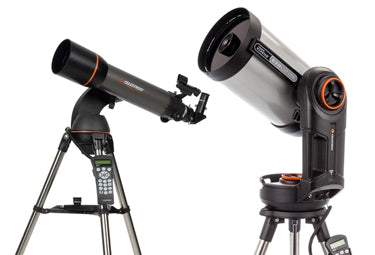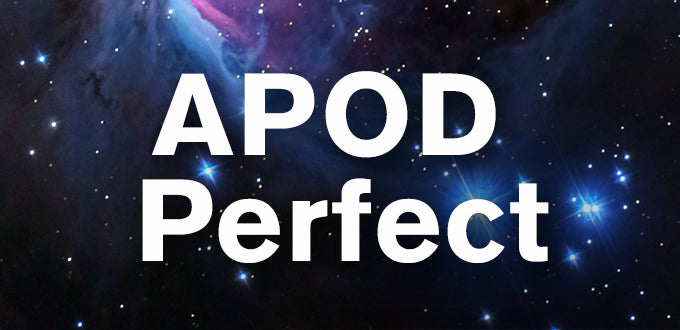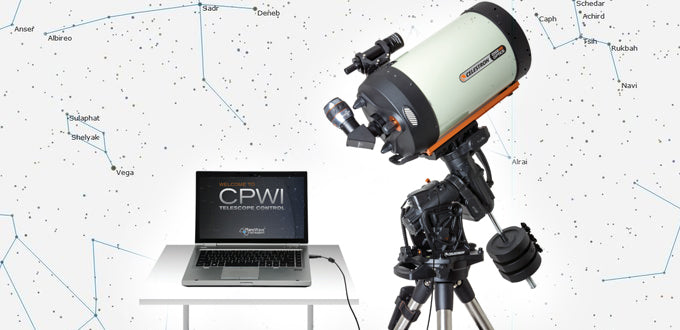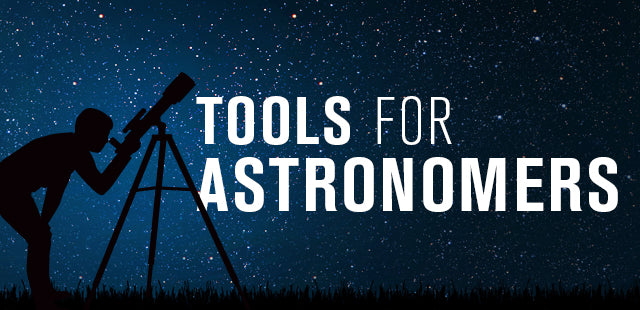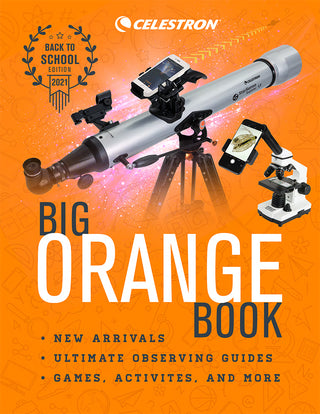What’s in the Sky 2020
January 7, 2020
For a downloadable version, click here
Download Astronomy Magazine Sky Guide 2020 here
 |
January 10 - Penumbral Lunar Eclipse: The moon will pass through the Earth's partial shadow, or penumbra, and will darken slightly, but not completely. Visible in: most of Europe, Africa, Asia, the Indian Ocean, and Western Australia. |
 |
February 9 - Full Moon, Supermoon: Early Native Americans dubbed this full moon the Snow Moon after the heavy winter snowfall or the Hunger Moon due to harsh conditions that made hunting difficult. It’s also the first of four supermoons in 2020, when the moon will be at its closest approach to the Earth and may look slightly larger and brighter than usual. |
 |
March 9 - Full Moon, Supermoon: As temperatures warmed in late winter, the ground began to soften and early Native Americans noticed earthworms beginning to reappear. In honor of the first sign of spring, they named this full moon the Worm Moon. Other names for this full moon include the Crust Moon, the Sap Moon, and the Lenten Moon. This will be the second of four supermoons in 2020. The Moon will be at its closest approach to the Earth and may look slightly larger and brighter than usual. |
 |
March 24 - Venus at Greatest Eastern Elongation: The planet Venus reaches its greatest eastern elongation at 46.1 degrees from the Sun. This is the most ideal time to view Venus since it will be at its highest point above the horizon in the evening sky. Look for the bright planet casually called the “evening star” in the western sky after sunset. |
 |
April 8 - Full Moon, Supermoon: With springtime in full swing, we enjoy another supermoon, the third of the year. Early Native Americans named this the Pink Moon, not due to its color, but because its appearance corresponded with the arrival of moss pink or wild ground phlox, one of the first spring flowers. Don’t forget to listen to the classic song “Pink Moon” by Nick Drake! |
 |
May 7 - Full Moon, Supermoon: The fourth supermoon of the year, the Flower Moon gets its name from the abundant springtime blooms of early May. Early Native Americans also called this the Corn Planting Moon and the Milk Moon. Don’t miss this final supermoon of 2020! |
 |
June 4 - Mercury at Elongation: The planet Mercury reaches its point of elongation at 23.6 degrees from the Sun. Mercury is a notoriously tricky planet to observe due to its proximity to the Sun, but this is the best day to try since it will be at its highest point above the horizon in the evening sky. Look for the planet low in the western sky just after sunset. |
 |
June 5 - Penumbral Lunar Eclipse: The moon will pass through the Earth's partial shadow, or penumbra, and will darken slightly, but not completely. |
 |
June 21 - Annular Solar Eclipse: The famed “Ring of Fire” around a darkened Moon will delight observers during this annular eclipse. This phenomenon occurs when the moon is too far away from the Earth to completely cover the Sun. The Sun's corona is not visible during an annular eclipse. |
 |
July 5 - Penumbral Lunar Eclipse: Another penumbral lunar eclipse follows exactly one month after the last. The Moon will once again pass through the Earth's partial shadow, or penumbra. During this eclipse, the Moon will darken slightly but not completely. |
 |
July 14 - Jupiter at Opposition: The giant gas planet will be at its closest approach to Earth and fully illuminated by the Sun. Jupiter will be brighter than any other time of the year and will be visible all night long. This is the best time to view and photograph Jupiter, the Great Red Spot, and its four Galilean moons. |
 |
July 20 - Saturn at Opposition: The ringed planet will be at its closest approach to Earth and fully illuminated by the Sun. Saturn will be brighter than any other time of the year and visible all night long. This will be the best time to view and photograph the ringed planet and its moons. A medium-sized or larger telescope will allow you to see the rings and several of its brightest moons. |
 |
August 12, 13 - Perseids Meteor Shower: The Perseids is one of the best meteor showers of the year, producing up to 60 meteors per hour at its peak. It is produced by Comet Swift-Tuttle, which was discovered in 1862. This year, the shower peaks on the night of August 12 and the morning of August 13. The waning quarter moon will block out some of the fainter meteors, but the Perseids, which are famed for being bright and numerous, should still put on a good show. The best viewing will be from a dark location after midnight. Meteors will radiate from the constellation Perseus but may appear anywhere in the sky. |
 |
October 1 - Full Moon, Harvest Moon: The full Moon closest to the autumnal equinox is called the Harvest Moon. In the days before electricity, farmers relied heavily on the moon’s light to help them work outside longer to harvest their crops. In the Northern Hemisphere, the time between successive moonrises will be shorter during this period. |
 |
October 1 - Mercury at Greatest Eastern Elongation: Observers who missed Mercury back in June have a second chance to view it at elongation in October! The planet’s greatest eastern elongation of the year places it 25.8 degrees from the Sun, at its highest point above the horizon in the evening sky. Look for the planet low in the western sky just after sunset. |
 |
October 13 - Mars at Opposition: The red planet will be at its closest approach to Earth and fully illuminated by the Sun. It will be brighter than any other time of the year and be visible all night long. This will be the best time to view and photograph Mars. A medium-sized telescope will allow you to see some of the dark details and polar ice caps on Mars’ surface. |
 |
October 31 - Full Moon, Blue Moon: This Halloween features the second full Moon in the same month—a Blue Moon. This rare calendar event only occurs every few months, giving rise to the term "once in a Blue Moon." |
 |
November 30 - Penumbral Lunar Eclipse: A penumbral lunar eclipse occurs when the Moon passes through the Earth's lighter shadow, or penumbra. The Moon will darken slightly but not completely. |
 |
December 13, 14 - Geminids Meteor Shower. The Geminids is the king of the meteor showers. It is considered by many to be the best shower of the year, producing up to 120 multicolored meteors per hour at its peak. The shower runs annually from December 7-17 and peaks this year on the night of the 13th and morning of the 14th. The nearly new moon will ensure dark skies and an excellent show. The best views will be from a dark location after midnight. Meteors will radiate from the constellation Gemini but may appear anywhere in the sky. |
 |
December 14 - Total Solar Eclipse: Day turns to night for observers in parts of southern Chile and southern Argentina as the Moon will completely block out the Sun, revealing the Sun’s magnificent outer atmosphere known as the corona. |
 |
December 21 - Great Conjunction of Jupiter and Saturn: A rare conjunction of Jupiter and Saturn will take place on December 21. The conjunction of these two giant planets is known as a great conjunction; the last one occurred in the year 2000. This time, both planets will appear only 7 arc minutes of each other in the night sky. They will be so close that they will appear like a bright, double planet in the sky. Look to the west just after sunset to glimpse this rare planetary sight. |




